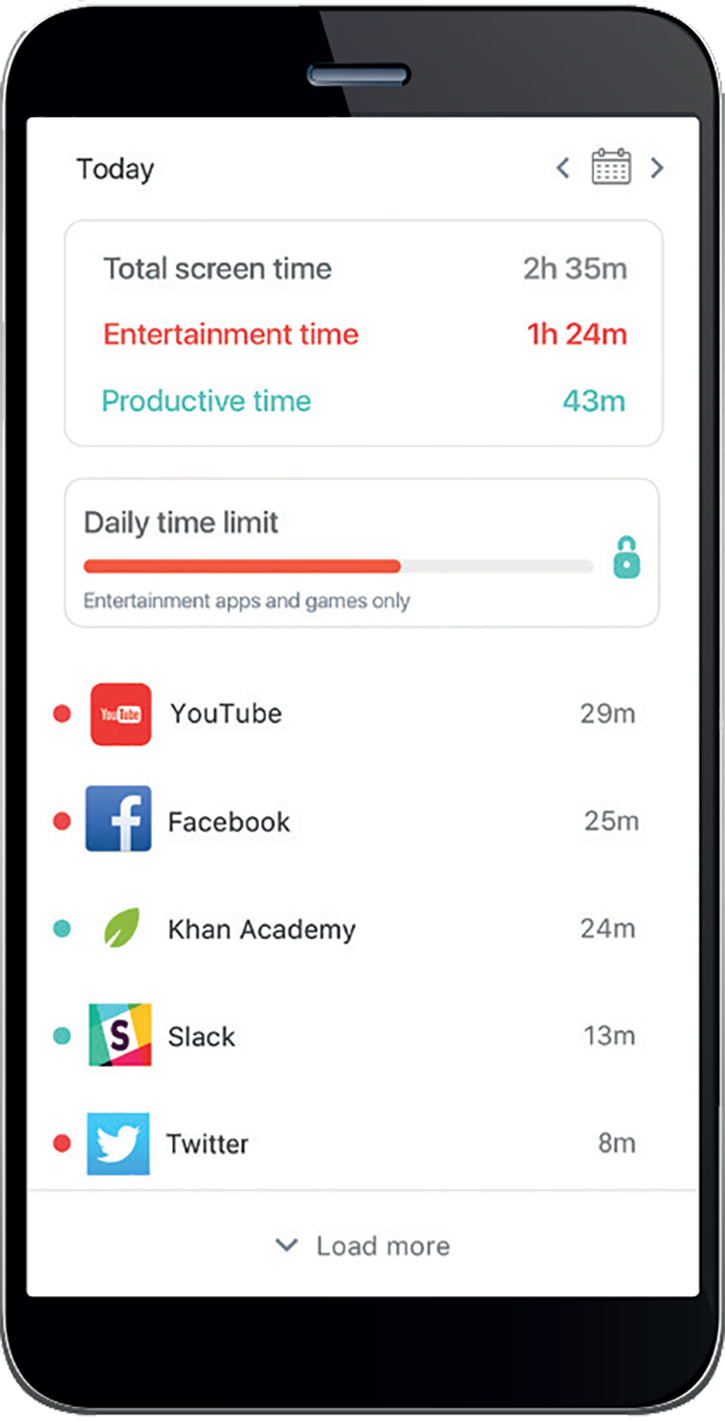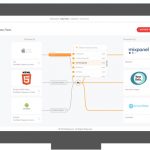Start-up: ZenScreen, USA, 2017

Much of Nitin Bhandari’s career has involved keeping people glued to their screens. The entrepreneur, who created the Skyfire mobile browser before selling it to Opera, explains the reason most developers use such aggressive behavioural design tactics is because so many are moving towards ad monetisation to survive.
“It’s become harder and harder to make money,” he says, “so to get people to come and to keep them there, I’d send my entire team to these workshops that would teach them how to build addiction loops – they’d call them ‘engagement loops’ but essentially what they were trying to do was encourage addiction,” he recalls.
With two young daughters of his own, he began to struggle with what he was doing. “It’s not a fair fight. Thousands of developers are building things that my pre-teen is supposed to somehow exercise self-control over,” he says. And so last year he and some core members of his former team decided to “fight fire with fire” by developing ZenScreen.

Smart Learning
Smart and nuanced, ZenScreen takes a realistic approach to balancing screen time by using AI to monitor app use, suggest breaks and to intelligently restrict access to apps.
The UX is straightforward: the user installs the app and it starts to monitor usage and give insights, followed by advice and actionable tips.
Once users action their daily quotas and select the specific times they want to stop using technology, all apps on their phones/laptops/devices stop working, although it won’t impede phone use or the ability to send text messages. Some features such as Smart Morning allocate specific times as tech-free periods.
The app is not dogmatic in its approach: there’s an acknowledgment that some apps are ‘healthier’ than others and users are allowed unlimited usage of productive/educational apps with restrictions mostly targeted at entertainment apps.
Bhandari says the app is a self-help tool rather than one based on official guidance. “We’ve listened to the parental researchers and psychologists, but there’s very little that exists in terms of scientifically proven studies on screen time. Common sense however, tells me that usage has gone too far,” he says.
In terms of user groups Bhandari has identified two distinct types since the product launched in May: the first is families with kids in the ten- to 16-year old range who are starting to get their own tech. “Parents want to give them some training and see this as a four- to six-year cycle that will teach good use behaviour.”
The second category is mindful adults “the type who take care of their bodies and their spiritual health and who have come to realise that excess tech use has an effect on the brains,” he says.

Teaching the Teacher
Bhandari acknowledges that other users may require the app to work in different ways, and that’s where the machine learning technology kicks in. “Users have the ability to give feedback inside the app and we can add this to our database and make it smarter. The more people that use the app, the smarter it gets.”
Fortunately for Bhandari, ZenScreen’s user base is doubling each month and the app has just recorded its 10,000th family since it started in beta six months ago.
Initial seed funding has come from some of the very companies Bhandari used to design ‘addiction loops’ for, as well as private Silicon Valley investors passionate about the company’s aims. While motivations may in part be philanthropic, what investor wouldn’t want to be involved in a product that essentially makes the Internet smarter?
This article originally appeared in the July 2018 issue of FEED magazine.











